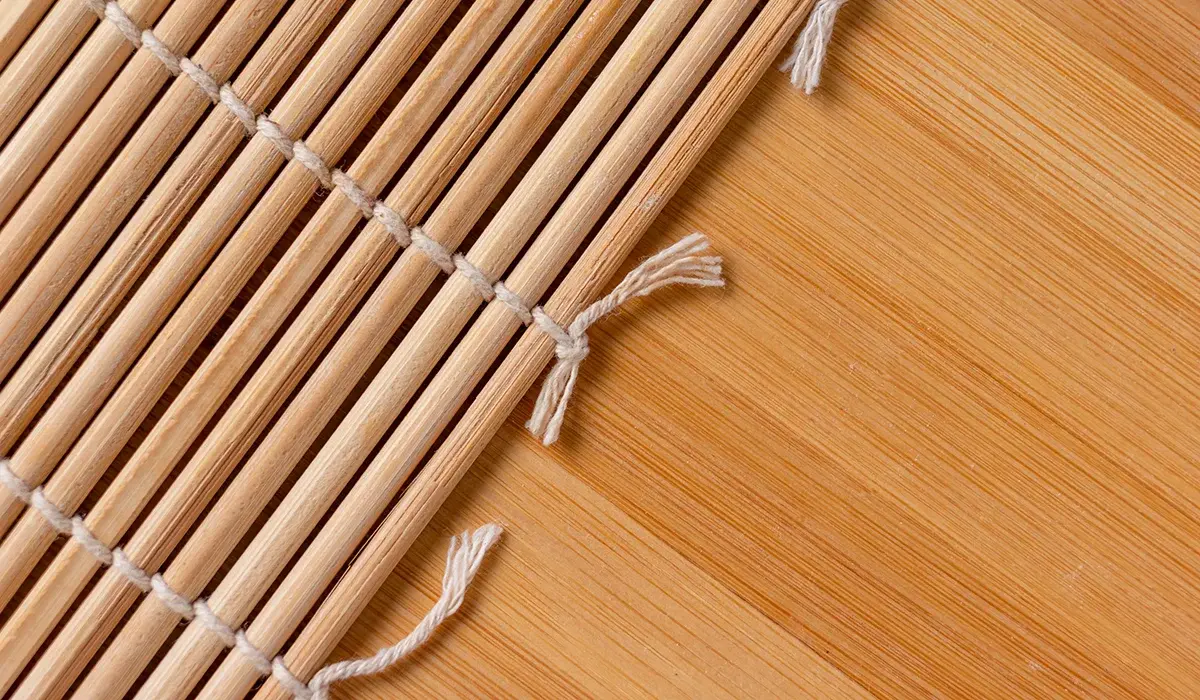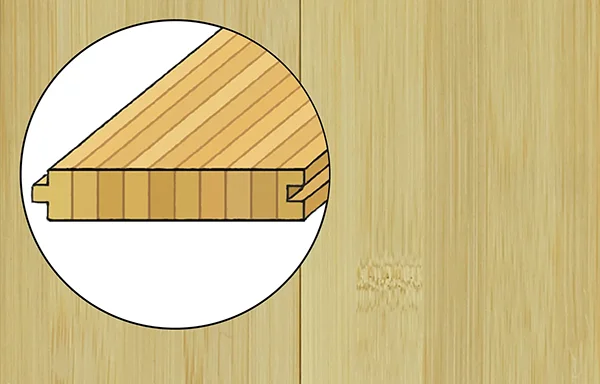Flooring
The Ultimate Guide to Bamboo Flooring

Bamboo Flooring Ultimate Guide: Everything You Need to Know Before You Buy
Bamboo flooring is a stylish and eco-conscious alternative to traditional hardwood. Its fast-growing nature makes it highly renewable. This flooring offers durability, a sleek appearance, and a greener lifestyle choice. In this Bamboo Flooring Ultimate Guide, you’ll learn how to choose, install, and care for bamboo floors like a pro.
What Is Bamboo Flooring?
Bamboo flooring is made from natural bamboo grass that matures quickly. Unlike hardwood trees, bamboo grows to full height within one year. It thickens over the next five years, becoming ideal for flooring.
Manufacturers cut bamboo into narrow strips, bind them with adhesives, and mill them into planks. This eco-friendly flooring type mimics hardwood but with added benefits.
Types of Bamboo Flooring
There are three main types of bamboo flooring available today. Each offers unique features, textures, and benefits worth considering.
Horizontal Bamboo

This type shows bamboo’s natural knuckles and grain. The strips are laid edge to edge, skin side up. This layout offers a classic bamboo appearance.
Horizontal bamboo is available in natural, stained, or carbonized finishes. The carbonized version has a warm, caramel hue from heat treatment.
Vertical Bamboo

Vertical bamboo creates a sleek, linear appearance. Strips are glued with their edges facing up, making the grain finer and knuckles less visible.
Because of its construction, vertical bamboo resists dents better. Most options come in natural or carbonized finishes rather than stained.
Strand-Woven Bamboo

This type is the toughest and densest. Manufacturers soak bamboo in resin, press it under high pressure, and mill it into boards.
Strand-woven bamboo scores high in durability tests. It’s available in various finishes, including distressed or textured looks for added character.
Bamboo Flooring Pros and Cons
Before choosing bamboo, consider its advantages and limitations. Understanding both sides helps you make an informed decision.
Advantages of Bamboo Flooring
- Bamboo is sustainable, growing faster than hardwoods and ready for harvest in 5–6 years.
- Strand-woven bamboo is incredibly durable, ideal for homes with heavy foot traffic or pets.
- Bamboo offers a sleek, modern appearance that works in many interior styles.
- Typically, bamboo costs less than exotic hardwoods and requires minimal upkeep.
- It’s easy to clean with sweeping and occasional damp mopping.
Disadvantages of Bamboo Flooring
- Bamboo is sensitive to moisture and not ideal for bathrooms or basements.
- Despite its durability, bamboo can still scratch, especially from pet nails or debris.
- Refinishing strand-woven bamboo is harder due to its density and surface finishes.
- Some products contain VOCs, so buy certified low-emission flooring for safer air quality.
Bamboo Flooring Ultimate Guide to Durability and Performance
Durability is a key selling point of bamboo floors, especially in high-traffic areas. Let’s explore how bamboo ranks on the Janka scale.
Vertical and horizontal bamboo typically score around 1,825—tougher than hickory wood. However, strand-woven bamboo tops the chart at 3,270. That’s similar to Brazilian redwood.
This means strand-woven bamboo resists dents, dings, and pressure better. But, like all flooring, it still needs protection from scratching and water damage.
Bamboo Flooring Color and Style Options
Bamboo flooring offers versatility in style, allowing it to match modern, rustic, or classic interiors with ease.
Color Options
- Natural: Shows the light, golden hue of untreated bamboo.
- Carbonized: Heated for a deeper, richer brown tone.
- Stained: Available in colors mimicking walnut, cherry, or other woods.
Textures and Finishes
Some bamboo flooring features hand-scraped or distressed finishes. These styles add visual interest and hide wear better over time.
Bamboo Flooring Finishes and Quality Factors
Different finishes affect both appearance and durability. Understanding your choices helps you select the best product for your lifestyle.
Finish Types
- Aluminum oxide: Factory-applied and extremely durable.
- Oil-based finishes: Provide a matte look and allow easier touch-ups.
- Unfinished planks: Let you customize the color and finish after installation.
Key Quality Indicators
- Choose boards with a thickness of 3/8 to 5/8 inch for durability.
- Check for GREENGUARD or FloorScore certifications to avoid harmful VOCs.
- Look for a long warranty and solid customer reviews.
- Prioritize strand-woven types for better wear resistance.
Installation Methods for Bamboo Flooring
This Bamboo Flooring Ultimate Guide also covers how to install bamboo flooring. There are three main installation methods to consider.
Nail-Down Installation

Nail-down is ideal for solid bamboo over wood subfloors. It requires a nailer to fasten planks tightly.
Glue-Down Installation

Glue-down involves spreading adhesive on the subfloor. It’s suitable for both solid and engineered bamboo, even over concrete.
Floating Installation

Floating floors are not attached to the subfloor. Instead, planks click together and rest over foam underlayment. This is great for DIY installations.
Maintenance and Care Tips
Bamboo flooring is low-maintenance but still needs care. Follow these tips to keep your floors looking like new:
- Sweep or vacuum daily to avoid scratches from debris.
- Use a damp mop occasionally, but never soak the floor.
- Clean spills immediately to prevent staining or warping.
- Use felt pads under furniture legs to prevent dents and marks.
- Avoid walking in high heels, especially stilettos.
- Maintain indoor humidity with a dehumidifier during wet seasons.
- Choose cleaning products specifically made for bamboo or hardwood.
Bamboo Flooring Costs and Value
The price of bamboo flooring varies by quality and brand. According to Angi, the average cost is $7–$20 per square foot installed.
This compares well with traditional hardwood, which ranges from $5–$15 per square foot. DIY options like click-lock planks reduce labor costs significantly.
Final Thoughts on Choosing Bamboo Flooring
Bamboo offers a perfect mix of sustainability, durability, and modern design. It’s a smart choice for homeowners wanting eco-friendly elegance. With multiple styles and finishes, you’ll find an option that suits your space and lifestyle.
This Bamboo Flooring Ultimate Guide empowers you with all the information needed to choose the right flooring confidently. From types to installation, everything is covered.
Ready to Choose Bamboo Flooring?
If you’re ready to install stylish and sustainable flooring, bamboo is the way to go. Use this Bamboo Flooring Ultimate Guide to plan your next renovation project. For more home improvement tips, explore more news on this website.
